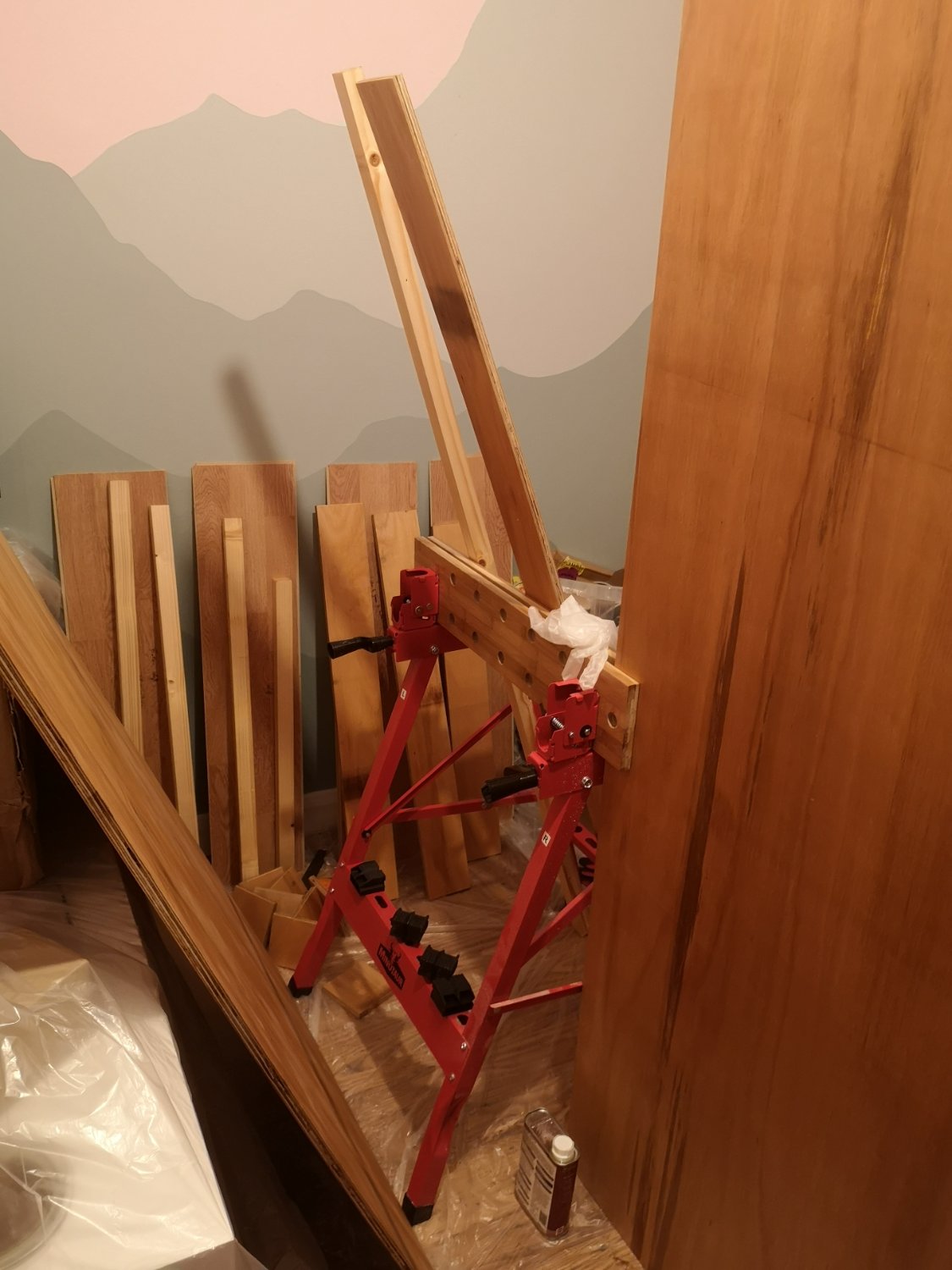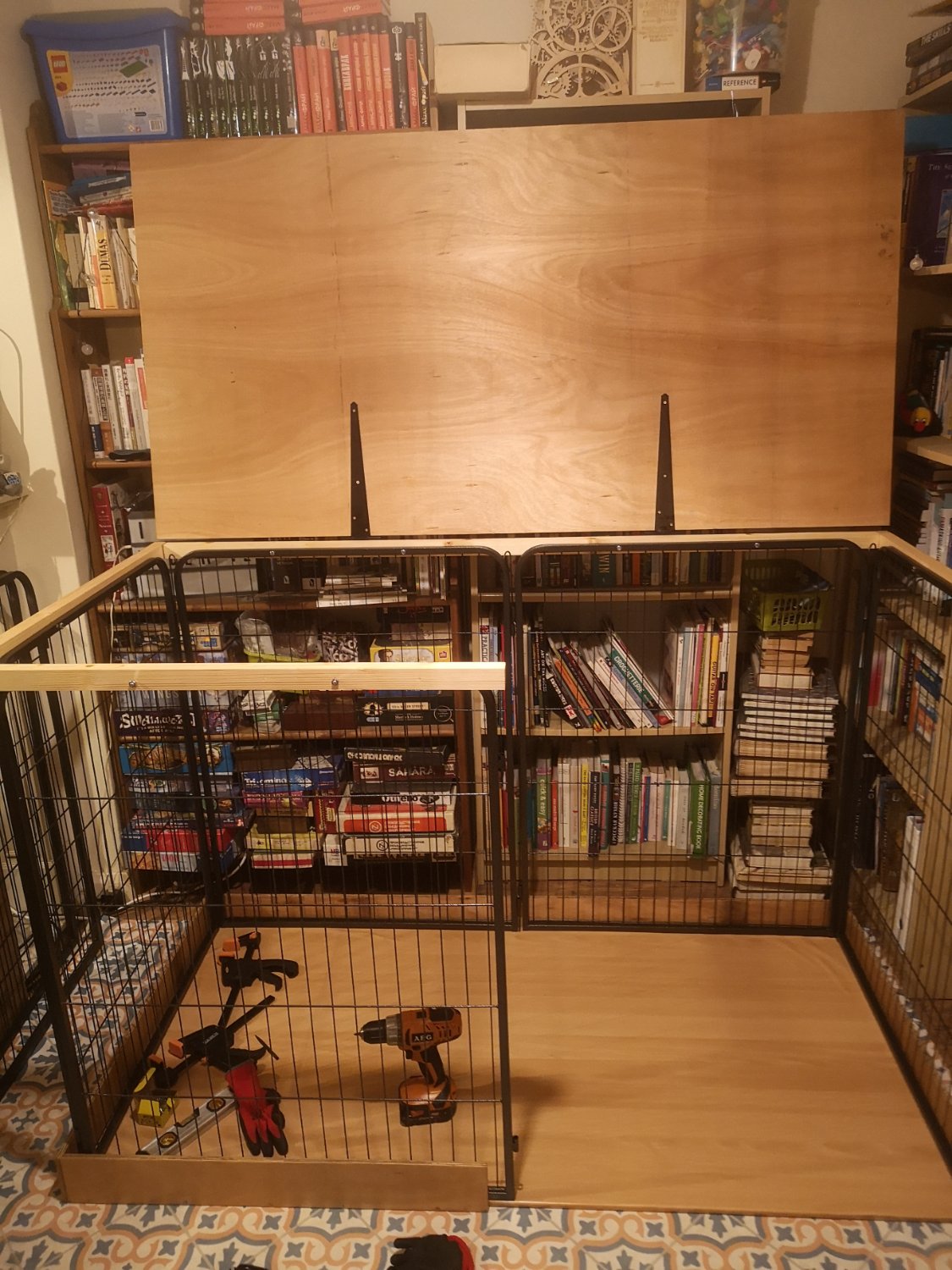Would some battons (like that: https://www.wickes.co.uk/Wickes-Redwood-PSE-Timber---44-x-44-x-2400mm/p/9000281515, or possible smaller depending of the profile of your table), fixed to the underside of the gaming top so that they're leaving a negative image of the fixed table top? That way, once installed, the gaming top can't slide around. That would only work well in my mind if the gaming top is a single piece.
Edit: with that idea, minimal length of the gaming is that of the table plus two thicknesses of the baton you'd use, ie. more than the 20mm you seem to have in mind. Maybe, maybe not an issue.
For the cover, I'd consider a felt with a waterproof backing, although I don't have a specific material in mind. If you don't add felt, I'd soften the angles of the MDF.





Inside the
lambdaexpression you can have a comprehension to unpack thekeyslist to get the same sort of uplet as your "manual" example, like this: